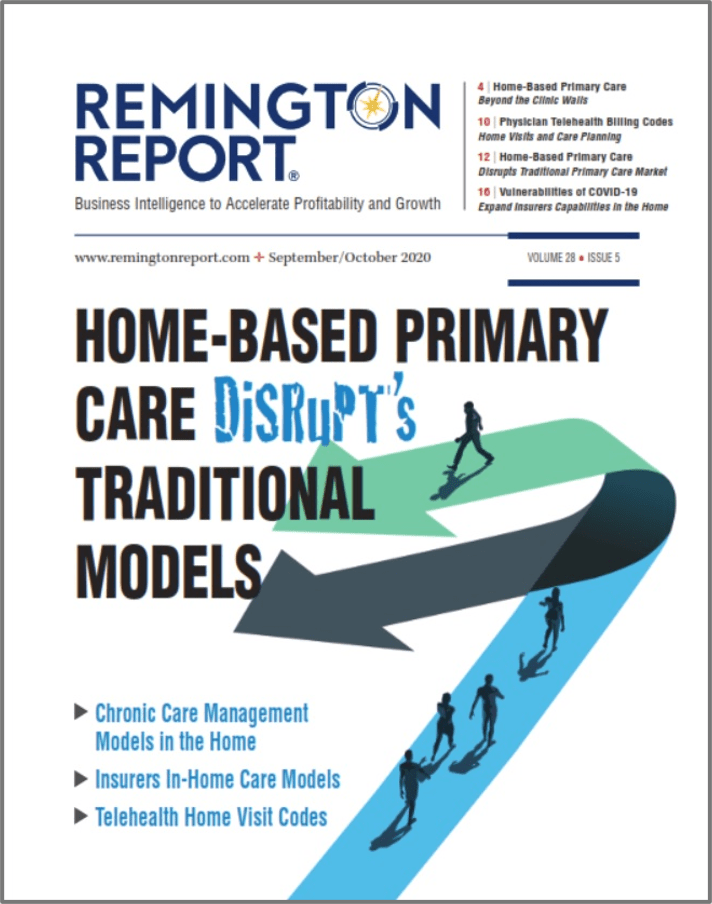The results may surprise you.
Researchers from Yale, Mathematica Policy Research, Boston-based Brigham and Women’s Hospital, Vertex Pharmaceuticals and George Washington University examined the common reasons why some hospitals have more readmissions treating a disproportionate share of patients with low incomes, poor health and other negative circumstances are at a disadvantage relative to their peers.
The study published in JAMA Health Forum looked at 30-day readmission between dual-eligible and non-dual-eligible patients following admission for AMI, Heart Failure and Pneumonia.
Readmission rates were adjusted for 2.5 million patients treated at more than 4,000 hospitals based on socioeconomic markers. There was a modest decrease in readmission rates after taking the factors into account. But if having more low socioeconomic patients really were to blame for higher readmissions, then there’d be no difference in the readmission rates for each set of patients.
Background
In 2018, the Centers for Medicare & Medicaid Services (CMS) began reporting disparities in readmission rates for Dual Eligible (DE) patients, with all US hospitals now receiving confidential reports of their hospital-specific disparities in condition-specific 30-day risk-adjusted readmission rates for DE patients.
“The findings demonstrate that disparities in 30-day hospital readmission rates for DE patients within the same hospital persist even after accounting for state- and community-level social factors.”
The CMS hospital-specific disparity measures account for potential differences in clinical risk factors across patient populations and attribute unexplained variation in outcomes after clinical risk adjustment to differences in hospital performance for DE patients. In turn, variation across hospitals in these hospital-specific disparities is taken to reflect differences in hospitals’ relative performance in achieving equity for DE patients
Results of the Study
- The findings demonstrate that disparities in 30-day hospital readmission rates for DE patients within the same hospital persist even after accounting for state- and community-level social factors.
- Findings suggest that differences in inequities in hospital readmission rates for DE patients are not the primary result of differences measurable across communities, highlighting that hospitals may have a distinct role in advancing equity for socioeconomically disadvantaged patients
- Results further support ongoing efforts by hospitals to advance health equity by illuminating that disparities between DE and non-DE patients in most hospitals persist despite accounting for community-level characteristics.
- Within hospital disparities in 30-day readmission for DE patients can only moderately be explained by differences in social risk measured at the community level. This suggests that hospital efforts to advance equity should focus on improving the quality-of-care transitions at discharge for hospitalized DE patients.
For More Insights

Lisa is a turnaround expert who excels in navigating unsteady, complex, and ambiguous environments. She has provided C-suite education to over 10,000 organizations in the home care sector for decades. Lisa’s trusted voice in the industry has been recognized for her ability to manage disruption, identify new growth and revenue opportunities, and develop high-level engagement strategies between home care and referral partnerships. Her contributions are instrumental in advancing the future of home care.
Other Articles You Might Enjoy
Improving Outcomes Between Home Care and Medicare Advantage Plans
Home care services have emerged as a critical strategy for improving health outcomes, reducing hospital readmissions, addressing both clinical and non-clinical needs, and improved patient satisfaction among Medicare Advantage beneficiaries.
Average 30-Day Readmission Rates by Medical Conditions
We provide critical readmission data about average readmission rates, condition-specific readmission rates, and hospitals with high and low readmission rates.
Hospital-at-Home Readmissions: Which Medical Conditions Created the Highest and Lowest Readmissions?
CMS’s report on the Acute Hospital Care at Home (AHCAH) initiative highlighted the highest and lowest readmission rates by medical conditions.





